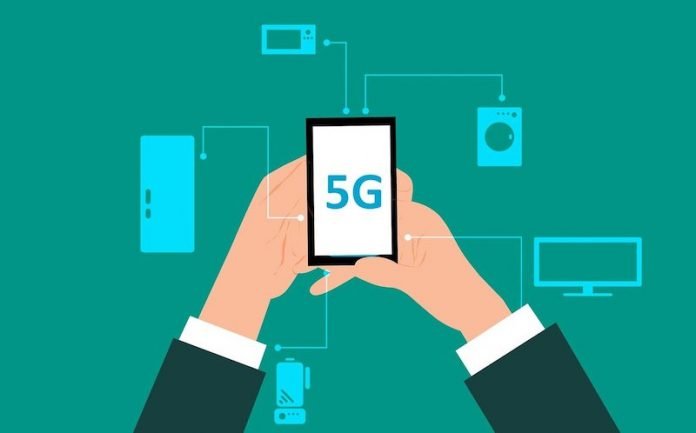
In a new paper, researchers suggest people should err on the side of caution and stop the global rollout of 5G (fifth generation) telecoms networks until they are certain this technology is completely safe.
But there are no health concerns about 5G and COVID-19, despite what conspiracy theorists have suggested.
The research was conducted by a team at the University of Edinburgh.
The advent of 5G technology has been hailed by governments and certain vested interests as transformative, promising clear economic and lifestyle benefits, through massively boosting wireless and mobile connectivity at home, work, school and in the community.
But the transmitter density required for 5G means that more people will be exposed to radiofrequency electromagnetic fields (RF-EMFs), and at levels that emerging evidence suggests, are potentially harmful to health.
It has become the subject of fierce controversy, fuelled by four key areas of scientific uncertainty and concern.
The lack of clarity about precisely what technology is included in 5G; and a growing but far from a comprehensive body of laboratory research indicating the biologically disruptive potential of RF-EMFs;
An almost total lack (as yet) of high-quality epidemiological studies of the impact on human health from 5G EMF exposure;
Mounting epidemiological evidence of such effects from previous generations of RF-EMF exposure at lower levels;
Persistent allegations that some national telecomms regulatory authorities haven’t based their RF-EMF safety policies on the latest science, amid potential conflicts of interest;
The team says 5G uses much higher frequency (3 to 300GHz) radio waves than in the past and it makes use of very new—and relatively unevaluated, in terms of safety—supportive technology to enable this higher data transmission capacity.
Its inherent fragility means that transmission boosting ‘cell’ antennae are generally required every 100-300 m—which is far more spatially dense than the transmission masts required for older 2G, 3G, and 4G technology, using lower frequency waves.
A dense transmission network is also required to achieve the ‘everywhere/anytime’ connectivity promised by 5G developers.
Existing 4G systems can service up to 4000 radio frequency-using devices per square kilometer; 5G systems will connect up to one million devices per square kilometer—greatly increasing the speed of data transfer (by a factor of 10) and the volume of data transmitted (by a factor of 1000), he explains.
While several major reviews of the existing evidence on the potential health harms of 5G have been published over the past decade, these have been of varying scientific quality.
Permitted maximum safety limits for RF-EMF exposure vary considerably around the world.
What’s more, ‘5G systems’ is not a consistently defined term, comprising quite different specific technologies and components.
Recent reviews of lab data on RF-EMFs indicate that exposures can produce wide-ranging effects, including reproductive, fetal, oncological, neuropsychiatric, skin, eye and immunological.
But there is absolutely no evidence whatsoever to suggest that it is implicated in the spread of COVID-19, as some conspiracy theorists have suggested.
One author of the study is Professor John William Frank.
The study is published in the Journal of Epidemiology & Community Health.
Copyright © 2021 Knowridge Science Report. All rights reserved.



